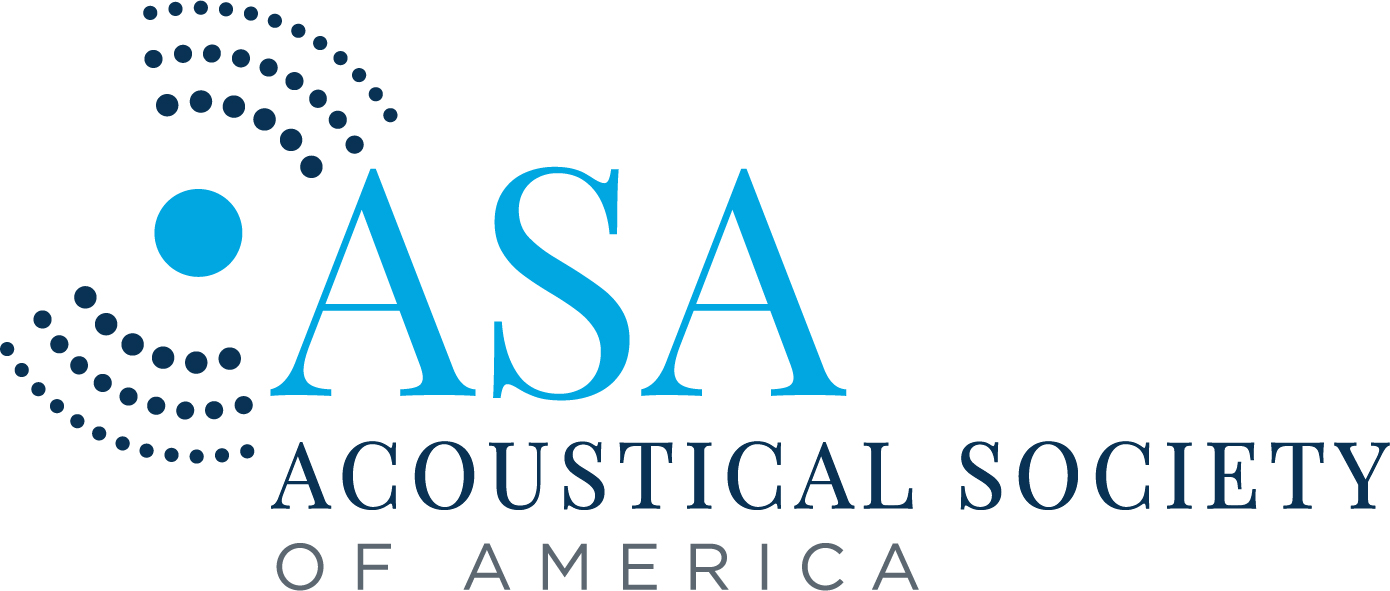Myth busted: classroom acoustics can be easy and cheap
Coralie van Reenen – cvreenen@csir.co.za
Council for Scientific and Industrial Research, Council for Scientific and Industrial Research, Gauteng, 0001, South Africa
Popular version of 3pAAb – Classroom acoustics: a case study of the cost-benefit of retrofitted interventions
Presented at the 185th ASA Meeting
Read the abstract at https://doi.org/10.1121/10.0023323
Please keep in mind that the research described in this Lay Language Paper may not have yet been peer reviewed.

To refute the notion that acoustic improvements are expensive and specialized, this experimental case study was designed and carried out in a typical classroom in the small rural village of Cofimvaba in the Eastern Cape, South Africa. The ideal classroom environment has a low ambient noise level of 35 dB and a reverberation time below 0.7 seconds, but this classroom has a reverberation time of 1 second. Reverberation time refers to the time it takes for a noise to die down and essentially refers to how much a room echoes, which negatively affects speech clarity. The experimental intervention simulated the installation of floating ceiling islands by installing different materials on the roof of temporary gazebos in the classroom.
The four materials used were acoustic ceiling tiles which represent a typical solution and three DIY solutions using carboard egg cartons, thermal insulation batting, and sponge foam bed mattresses. Each material provided an improved reverberation time. The best performing was the sponge at 0.6 seconds, while the other three materials performed equally at 0.8 seconds.
The cost of each material was reduced to a rate per square meter. The most expensive material was the acoustic ceiling tiles at R 363.85/m2 while the cheapest was the egg cartons at R 22.22/m2, or less if they are available as waste items.
The availability of materials was evaluated in terms of the distance to supply and whether the product is available in a retail store or requires a special order and delivery. The batting is available from hardware stores nationwide and could be purchased by walk-in from the local hardware store, within a 2 km radius of the site. The egg cartons could be ordered online and delivered from a packaging company within a 150 km radius. The foam mattresses could be purchased by walk-in at a local retailer within a 5 km radius of the site. The acoustic ceiling tiles were ordered online and delivered from the warehouse within a 700 km radius of the site.
Using the weighted sum model and assigning equal weighting to each attribute of acoustic performance, cost, distance to supply, and walk-in availability, a performance score for each intervention material was calculated. The batting ranked number one, followed in order by the sponge, egg cartons and lastly acoustic tiles.
The case study demonstrates that an improvement in acoustic conditions of at least a 0.2 second reduction in reverberation time can be achieved without significant cost. Although the batting did not achieve the ideal reverberation time, when only the speech frequencies were considered, it fell within the recommended maximum of 0.7 seconds.
The recommended design intervention is a frame containing batting covered with a taught fabric and suspended from ceiling hooks, thus avoiding disruptive construction works. This shows that improved classroom acoustics can be achieved without high cost or technical difficulty.
